Which type of gas regulator is suitable for Gas Chromatography?
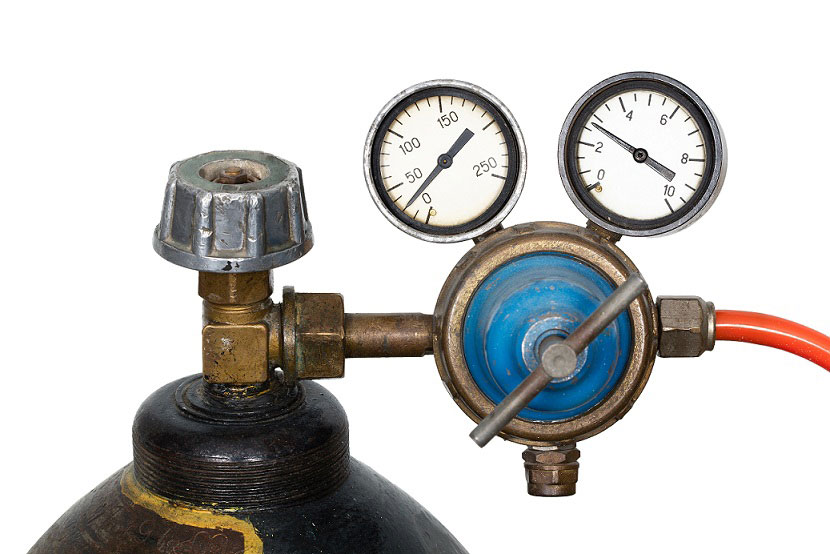
Before answering the question you should understand the role a regulator plays. The regulator supplies gas at constant pressure to the Gas Chromatograph.
Cylinder regulators are fixed direct to the gas cylinder valve and serve to reduce the cylinder pressure to a value suitable enough for the Gas Chromatograph. Such valves are of two types, namely, single stage and double stage.
Single stage regulators
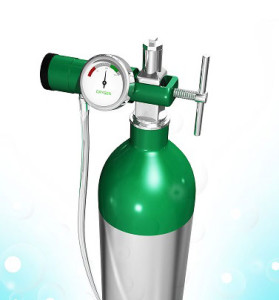
Single stage regulators are rarely used for constant pressure delivery of gas from cylinder to Gas Chromatograph. These find use in gas lines to control the line pressure. However, delivery pressure cannot be finely controlled as with the dual stage regulator. Such regulators are installed in the gas lines and require continuous pressure monitoring and adjustments.
Dual stage regulators

Dual stage regulators use two separate regulators in a single housing and are fixed to the gas cylinder valve. The first stage serves to reduce the cylinder pressure whereas the second stage performs the final pressure reduction. The dual stage regulator has an advantage that even when cylinder pressure is depleted due to gas consumption the second stage delivers constant pressure regardless of the inlet pressure.
Two stage regulators are resistant to creep ,i.e., a gradual increase in delivery pressure as the tank empties so when connecting to Gas Chromatograph where constant delivery pressure is required two stage regulator is recommended even though it is more expensive than a single stage regulator.
CGA codes
The Compressed Gas Association (CGA) has introduced a foolproof coding system that prevents accidental mix ups of cylinders and regulators as all regulators cannot be used on all cylinders. Each cylinder and regulator is designated by a CGA number code and only cylinders with compatible numbers can be used together. The CGA codes of some common gases are :
| Gas | CGA code |
| Nitrogen, Helium, Argon | 580 |
| Oxygen | 540 |
| Air | 590 |
| Hydrogen | 350 |
Regulators for specific gases
Flammable gases
Flammable gases such as hydrogen have brass fittings and have reverse threads,i.e, the nut gets tightened by turning it counterclokwise. A reverse thread nut can be identified as it has a line inscribed around its circumference.
In case acetylene gas is to be used ensure that copper tubing is not used and also any alloy in regulator construction that has copper or silver as these can result in explosive mixture formation.
Corrosive gases
The regulator should be made of stainless steel or monel. Install a suck- back trap after the regulator so prevent backflow of corrosive gases into the regulator and cylinder is avoided
High purity gases
Contamination of high purity gases can take place due to presence of moisture, oxygen or other gaseous vapours. Such contaminants can enter the system when the regulator is removed from the cylinder or there are leaks and faulty seals. It is advisable to use stainless steel diaphragm regulators instead of elastomer diaphragm regulators because they do not adsorb and release contaminants.
Please share your experiences and offer your comments.

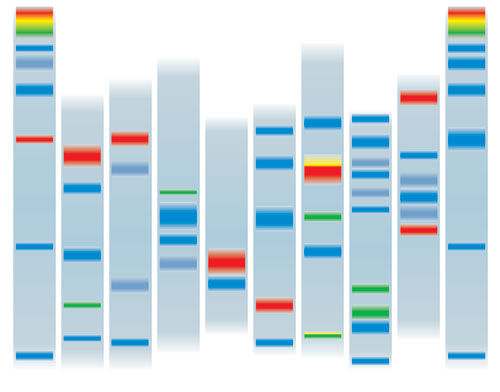
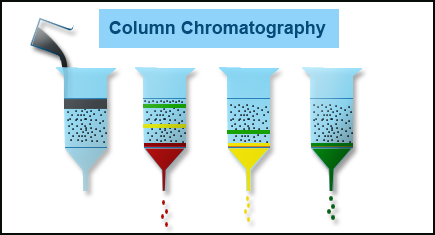
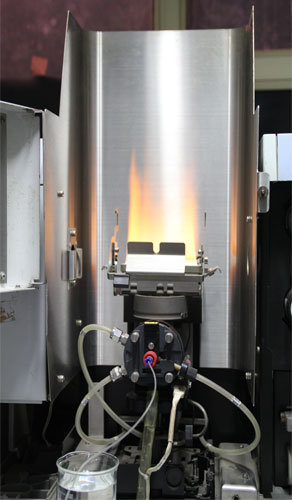
Thank you for sharing valuable information with us about the Gas Regulator Valve.
You are welcome and we would be more than happy to provide our service in the future.
This blog post provided such valuable insights! I appreciate the well-researched content and the clear explanations. It’s refreshing to find a blog that offers practical tips and advice that I can actually apply to my daily life. Keep up the great work!I came across this website this is also helpful for me.